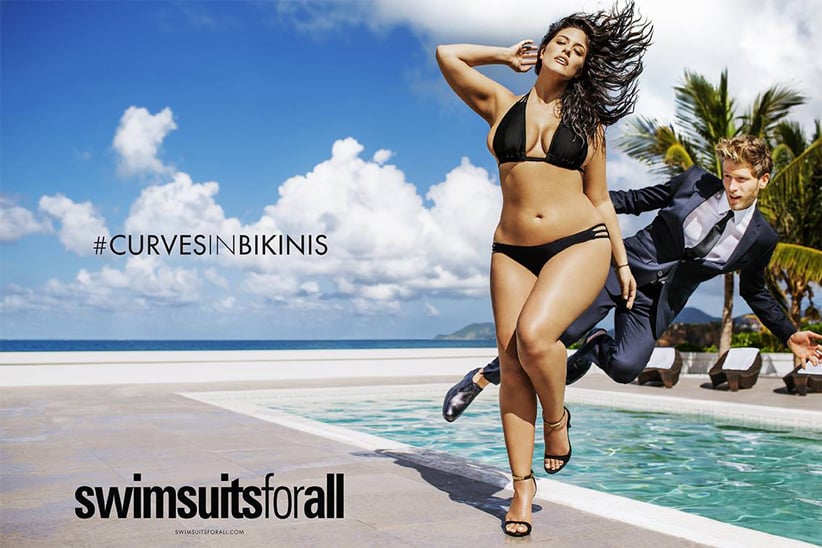A tale of two plus-sized Sports Illustrated models
In all the hailing and congratulating, it was easy to forget that what we were celebrating was an advertisement
Share

This week, 27-year-old Ashley Graham became the first plus-sized model to appear in the pages of Sports Illustrated. Wearing a black bikini, the size-16 Nebraska native is promoting a brand called Swimsuits for All in the magazine’s latest swimsuit edition. The easily infatuated Internet didn’t take long to hail the move as a step forward for the representation of women in the media and an important moment in a famously exclusionary industry. Even the usually skeptical Jezebel dubbed it a “historical change.”
Well, hold on a moment. In all the hailing and congratulating, it was easy to forget that what we were celebrating was an ad. In other words, Sports Illustrated published the picture because it got paid MONEY to do so. That hardly seems the peak of enlightenment. This is the same magazine that, you might recall, a year ago put an actual Barbie doll on the cover of its Swimsuit Issue.
Here’s what’s telling, though. It’s not merely that we’re still stuck at the point of lauding magazines for running a lone photo of a plus-sized fashion model. (The Dove ads are the exception that proves the rule.) Or even that Graham, while definitely heavier than the woman on the next page, also happens to fit within just about every other normative conception of beauty our society holds, between her impossibly perfect complexion, fair skin and breathlessly seductive pose—see the slim, well-dressed man falling into a pool as he ogles her backside.
What’s telling is that Sports Illustrated, according to USA Today, actually has a plus-sized model featured in the editorial pages of the same issue. Here’s what she looks like.

Australian model Robin Lawley, who was famously featured in that 2011 Vogue Italia cover shot of three plus-sized models, is a size 12—which may be as far as the magazine dial goes when it comes to plus sizes before it simply explodes. And what a size 12. To the untrained eye, she looks, why, like every other gorgeously toned, flat-stomached model in the Swimsuit Issue!
Which brings up another point. What happens when size 12 or even size 10 models (remember the Calvin Klein controversy last fall?) get labelled “plus-sized”? They may be widening the field of vision for an industry that prefers its women as literally zeroes, but they’re also dragging down the curve, if you will, when it comes to curves for women as a whole.
To sum up: There’s what Sports Illustrated chooses when it chooses “plus size.” And there’s what it will publish in its pages if you pay it enough money. Is this really what progress looks like?